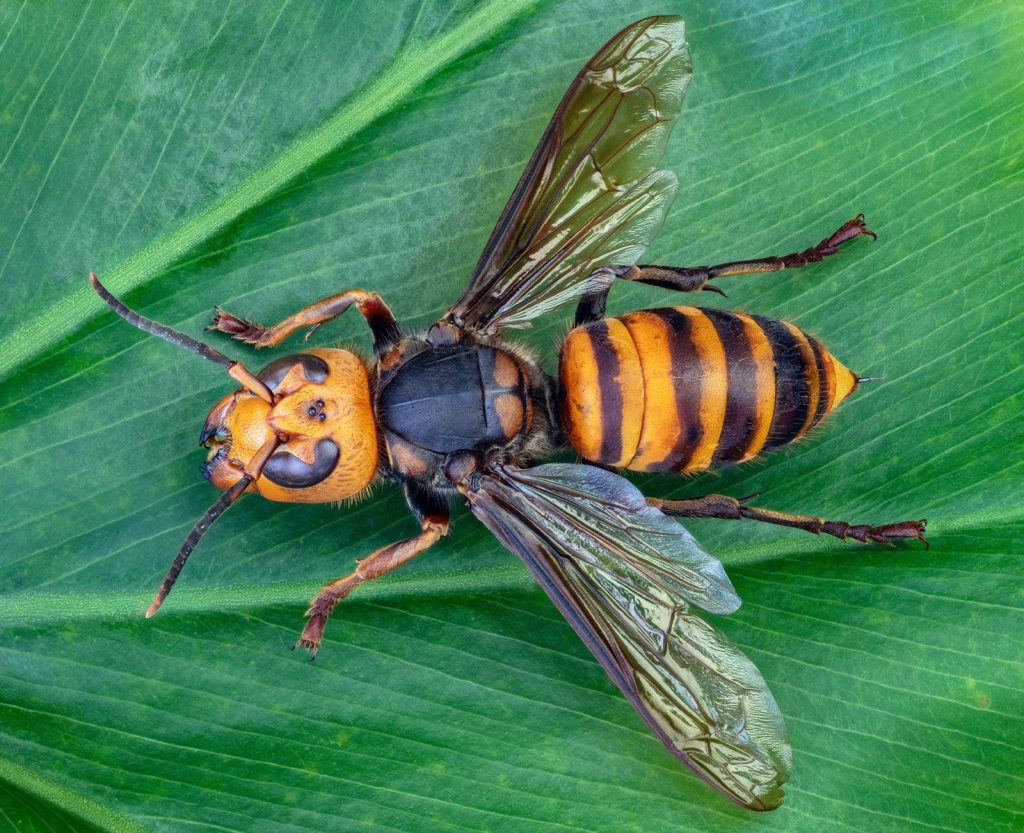Context:
According to a recent study, a species of hornet that often munches on foods containing alcohol can hold its liquor, without any side effects, at levels that no other known animal can tolerate.

Relevance:
GS III: Species in News
Hornets
- Hornets are a specific group within the insect family Vespidae, which also includes yellow jackets, paper wasps, potter wasps, and pollen wasps. There are about 20 known species of hornets, primarily distributed across Asia, Europe, and Africa. Additionally, one species has been introduced to North America.
- Typically, hornets are black or brown with distinct yellow or yellowish markings, making them easily recognizable among other wasp species.
Behavior and Ecology
- Hornets are highly social insects that live in large, organized colonies. These colonies are structured with queens, workers, and drones, each playing specific roles within the hive.
- Hornets prefer to build their nests in elevated areas, often high up in trees, under eaves, or in other sheltered spots where they can remain undisturbed.
Dietary Habits
- Hornets have a diet that includes both sugar and protein. They are predatory on other insects, such as honeybees and various species of social wasps. Hornets capture these insects and chew them into a paste to feed their larvae.
- Their predatory nature helps control the populations of other insects, which can be beneficial for ecological balance. However, their impact on honeybees can be detrimental to apiculture.
Safety and Sting
- Hornets are known for their ability to release more venom per sting than any other stinging insect, which contributes to their reputation for being dangerous. However, they are not necessarily more aggressive than other wasps unless provoked.
- The venom of hornets can cause significant pain and, in rare cases, severe allergic reactions in humans. Due to their size and the volume of venom they inject, hornet stings are particularly feared.
Notable Species
- The northern giant hornet or Asian giant hornet (Vespa mandarinia) is especially noteworthy as the largest hornet species globally. Native to Asia, this species has garnered international attention for its size and the potential threat it poses to honeybee populations.
-Source: The Hindu




